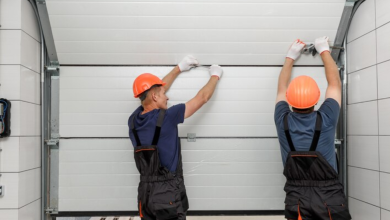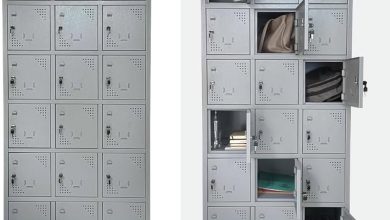Proper Installation and Maintenance of Laboratory Incubators

If you are associated with research—especially with biomedical domains, then you would know that in the lab an incubator is as important as water is on earth. There is simply no other way of growing biological or biomedical samples in controlled conditions (temperature, pressure, moisture, etc.) if it is not done by an incubator.
The discovery of laboratory incubators has surely made research life much easier and feasible. However, it is important to know the installation and maintenance of such incubators if you have a research-oriented career. In this article, you will thus be learning about these specific areas.
Installation procedures:
Despite the varieties of laboratory incubators and diversity of installation protocols, there are some common guidelines that apply to all incubators as discussed below.
-
Positioning
This is one of the vital and initial steps for the installation of laboratory incubators. You have to make sure that you choose the most appropriate position for the device in case it is a non-portal one. Even if it is of a portable kind, you should ensure that the position of the incubator is in sync with the workbench and is away from the washbasin or any spills, splash, or explosions of any kind, sunlight, and excess humidity. You can also seek help from laboratory professionals who may guide you with this important step.
-
Sterilization
The second most important step for an effective installation procedure is sterilization or disinfection. Note that while manufacturing, any laboratory device, instrument, or equipment is not completely free of germs or microbes. Since in the research field, it is essential for you to maintain a sterile environment for obtaining error-free results, you should be careful with the sterilization process from the beginning, i.e., installation.
You can use disinfecting chemicals or sterilizers used to clean the surface materials of your lab space. Be careful of every element of the incubator—shelves, shelf supports, interior walls, ducts, and doors—while sterilizing.
-
Follow the manual instructions
After you are done with the positioning and cleaning steps, you can move on to the manual instructions provided by the manufacturer. Post cleaning, it is extremely important that you do not re-infect the cleaned materials again, hence you need to be careful about where you keep each part of the incubator. Following the manufacturer’s directions is an easy job and can be done by anyone. All you have to be aware of is the order of installation and the correct way.
-
Additional installation
There can be other components that have been ordered extra—such as filters, or gas sensors. These are usually customizable parts that are provided on requests by users. Therefore, you might not find the instructions to install these parts given in the main manufacturer’s directions/manual. However, the good news is that you will get a separate set of instructions with these parts which you can utilize for installing them effortlessly.
Maintenance procedures:
The overall health and longevity of incubators rely on the maintenance protocol and how often you follow it. Lab incubators are easy to maintain if you can take care of the following steps in a constant manner.
-
Temperature monitoring
Typically, a lab incubator is maintained at 37°C for optimal growth of cell cultures. You need to thus check if the incubator temperature is fluctuating or stable from time to time. You can use a different or second thermometer to be cent percent sure because often the primary thermometer does not show the correct temperature. In that case, you have to recalibrate the thermometer.
-
Humidity and gas monitoring
Humidity and gaseous parameters—especially of CO2 is critical for the success of any experiment. There is a variation of humid and gaseous conditions that is required for specific experiments. Therefore, you need to check these parameters before conducting such experiments by using analyzers.
-
Cleaning
Regular and planned cleaning cycles should be a part of your lab regimes if you want your laboratory incubator to function efficiently. Depending on the parts installed, you will have different cleaning protocols. These are often standardized by the lab technicians. However, you can use a solution of quaternary ammonium for the majority of applications.
-
Calibration
The in-built thermometers of an incubator need to be calibrated on a monthly basis. Since temperature and gaseous sensing is done by such thermometers, it is essential to schedule a monthly check-up and calibration to fix any errors.
Did you find some useful protocols for installing and maintaining your laboratory incubator? As previously mentioned, the vigor of the device depends on how you handle and take care of it. Therefore, you should take these above-mentioned steps seriously in order to avoid any unwanted laboratory inconvenience.




